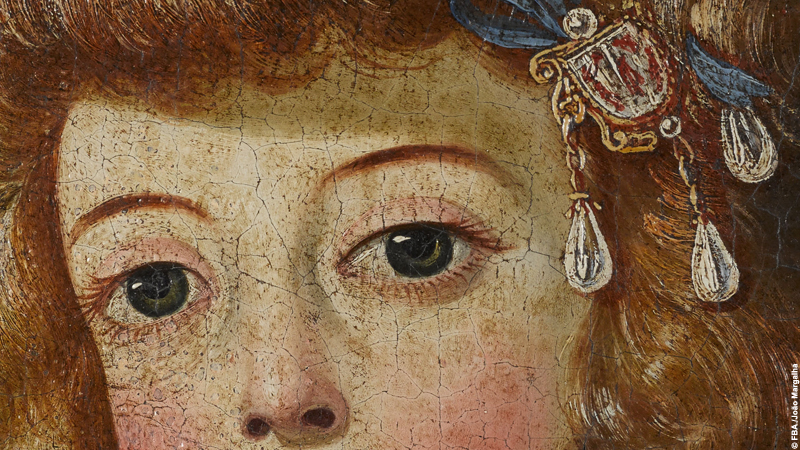More than 130 works (painting, sculpture and decorative arts), from several Portuguese and international institutions, as the Prado Museum or the Monastery of the Escorial, and from numerous private collections, make an innovative exhibition, which the Museu Nacional de Arte Antiga, in partnership with Ritmos, prepared for the summer of 2015.
Josefa de Ayala, the daughter of the painter Baltazar Gomes Figueira, was born in Seville in 1630. She came to Portugal in 1634, when her father returned with his family to Portugal, settling in the small town of Óbidos where he was born. Here, Baltazar continued his career as an artist, bringing to this country the painting of still lifes in the manner of the Sevillian bodegón, a genre that his daughter also began to cultivate.
It is her still lifes that have made Josefa famous, yet her great distinguishing mark was in fact the creation of a religious imagery that enabled her to respond to the aspirations of a Baroque idiom that Portugal was to shape in its own way, bringing to its exaggerated and festive decorativism a strong theatrical component. One of the aims of this exhibition is to correct the idea that Josefa is a curious, but ultimately provincial painter, and instead to show her as a cultivated artist who clearly reflected the spirituality of her time.
PROJECT
Museu Nacional de Arte Antiga / António Filipe Pimentel
CURATORS
Joaquim Oliveira Caetano
Anísio Franco
José Alberto Seabra Carvalho
ORIENTED TOURS (booking in advance)
+ € 2,00
reservas@exposicaojosefadeobidos.com
+351 912 110 771
ORIENTED TOURS FOR GROUPS (booking in advance)
+ € 2,00
reservas@exposicaojosefadeobidos.com
+351 912 110 771
se@mnaa.dgpc.pt
+351 213 912 800
More information: www.exposicaojosefadeobidos.com

